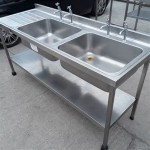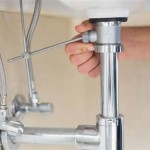Does A Fresh Egg Sink Or Float
When it comes to determining the freshness of an egg, there's a simple yet effective test that has been passed down through generations: the float test. This test involves placing an egg in a glass or bowl filled with water to observe whether it sinks or floats.
The float test relies on the principle of buoyancy, which states that an object submerged in a fluid will experience an upward force equal to the weight of the fluid displaced by the object. In the case of an egg, the denser the egg, the more it will displace water, resulting in a greater buoyant force. As an egg ages, it loses moisture through evaporation, causing its air cell to expand and its density to decrease. This decrease in density means that a stale egg will displace less water and experience a reduced buoyant force.
To perform the float test, gently place the egg in a container filled with cold water. Observe the egg's behavior:
It's important to note that the float test is not a foolproof method for determining an egg's freshness. Other factors, such as the storage conditions and the individual characteristics of the egg, can influence its buoyancy. However, the float test remains a widely used and relatively reliable indicator of an egg's freshness.
In addition to the float test, there are other ways to check the freshness of an egg:
By combining the float test with other freshness indicators, you can make an informed decision about whether an egg is fresh and safe to consume.

Why Bad Eggs Float And Good Sink

Why Do Old Eggs Float Scienceabc

How To Tell If An Egg Is Fresh Science S

Egg Float Test

Fresh Egg Test Sink Or Float

How To Tell If A Chicken Egg Is Bad Thistle Downs Farm
How Is It Possible That A Fresh Egg Sinks But Bad Floats Aren T They The Same Weight Quora

Egg Float Test Is It A Myth The Happy Chicken Coop

Egg Float Test Is It A Myth The Happy Chicken Coop

The Float Test For Egg Freshness Fresh Eggs Daily With Lisa Steele







